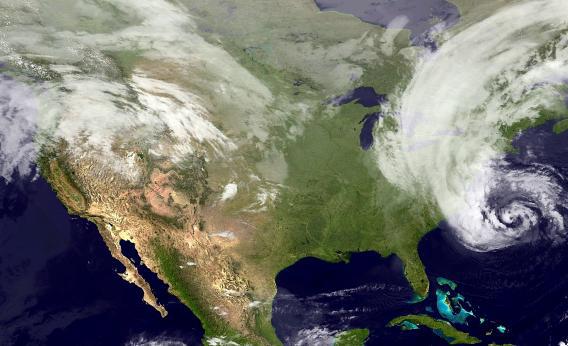During a congressional briefing last month, representatives from the University Corporation for Atmospheric Research, which represents nearly 80 American universities, urged the creation of a U.S. weather commission. Such a commission, the meteorologists say, would help Congress identify spending priorities, call attention to problems, and help minimize the economic and human toll from major weather events. (Like, say, Hurricane Sandy.) It would also help the disparate organizations that make up the weather community—like universities, private companies, and government agencies—better communicate with one another.
UCAR hopes that the weather commission will be established in 2013 (though surely it depends at least in part on Election Day results). Certainly this week’s superstorm has reminded both politicians and laymen the importance of preparedness for major weather events, even as there are problems within the forecasting system. As the New York Times reported in the run-up to Sandy, after “years of mismanagement, lack of financing and delays in launching replacements,” U.S. weather satellites are “dying”—and as soon as 2017, we may even face a year or more without satellite coverage. Furthermore, Jason Samenow wrote on the Washington Post’s Capital Weather Gang last month, “the U.S. is lagging the Europeans in numerical weather prediction and the computing resources necessary to improve forecasts.” Given all the chatter about whether Sandy and other weather monsters are related to climate change, that is particularly disconcerting.
So will Hurricane Sandy help make the case for a commission?
In an email, Thomas Bogdan, the president of UCAR, said that an in-place weather commission might not necessarily have changed anything about Hurricane Sandy. But, he adds, “A commission could examine the weather community’s handling of Sandy and weigh in on what went well and what needs to be improved in order to better safeguard vulnerable communities and critical infrastructure from the next major storm.” Events like Sandy “demonstrate the extent to which our nation is vulnerable to weather events and the need to better coordinate our research and forecasting work to make our country more resilient to such events.”
However, he cautions against focusing too much on the big storms: “[E]ven day-to-day variations in the weather have an annual estimated economic impact of nearly $500 billion each year.”
